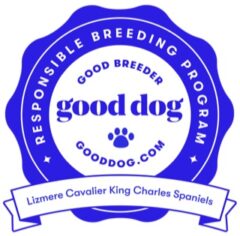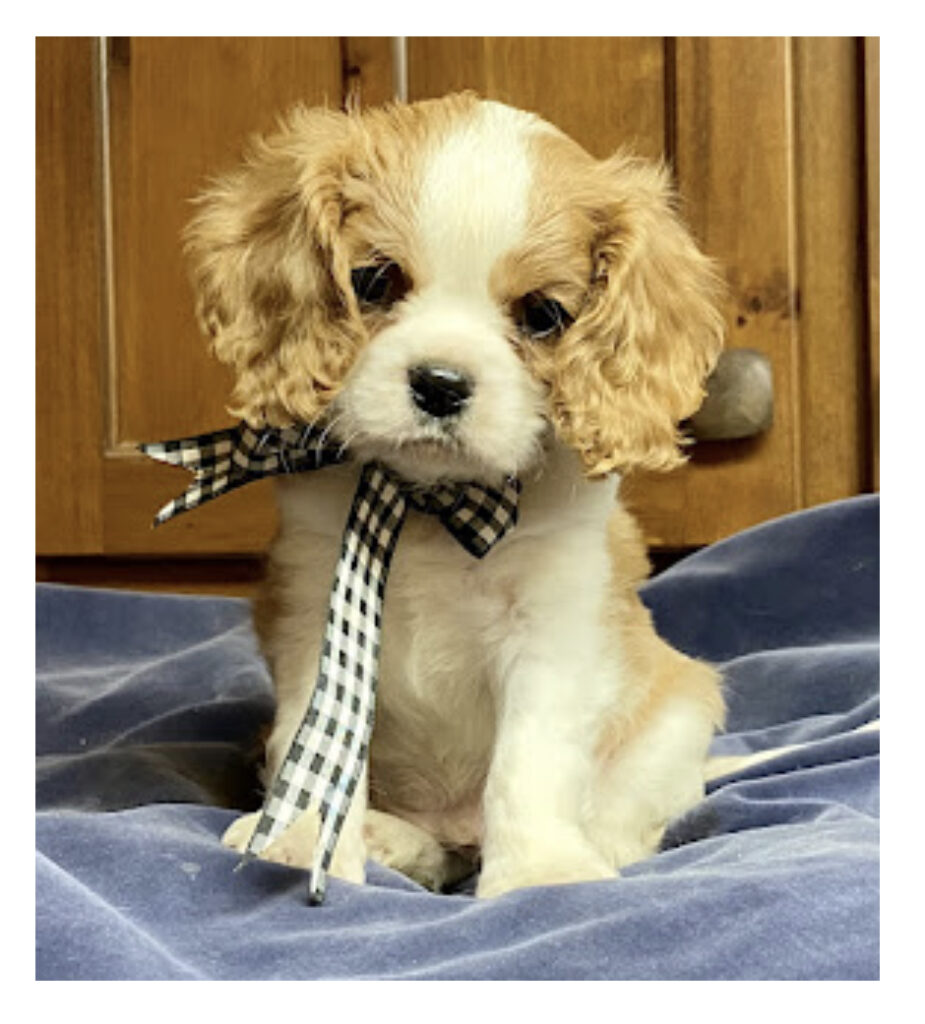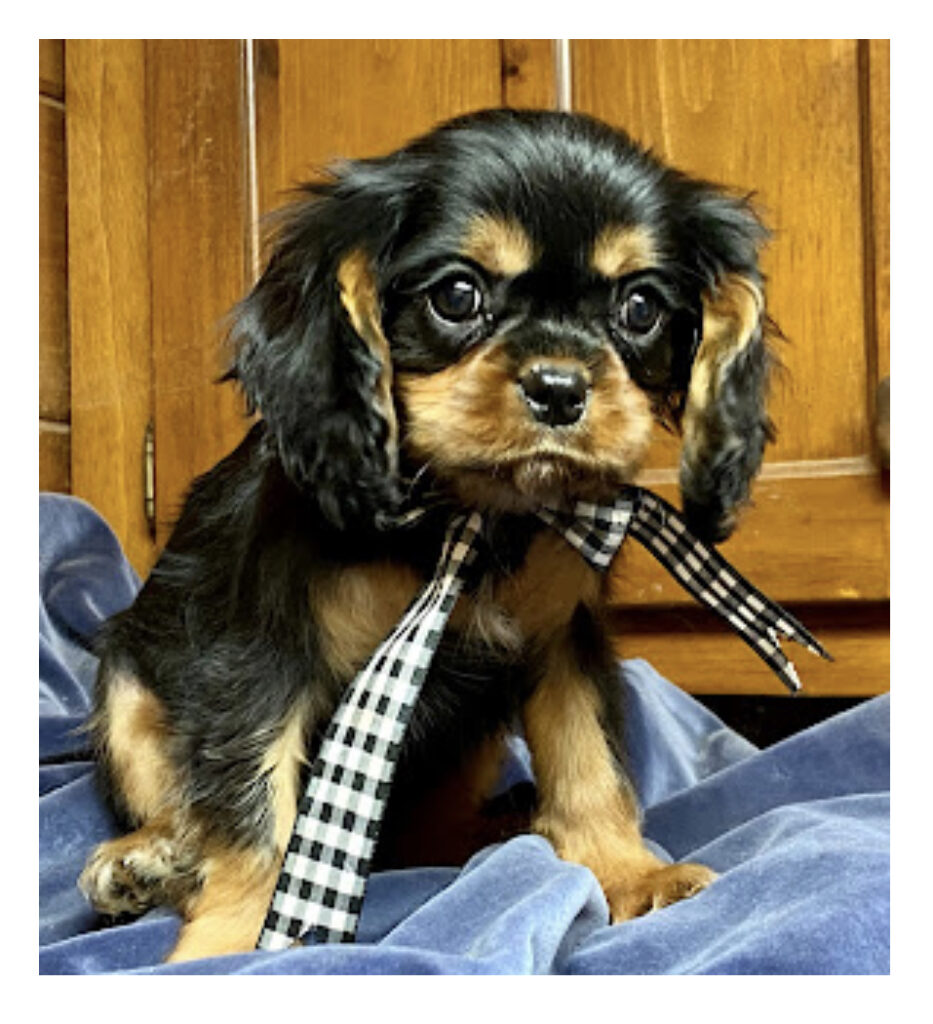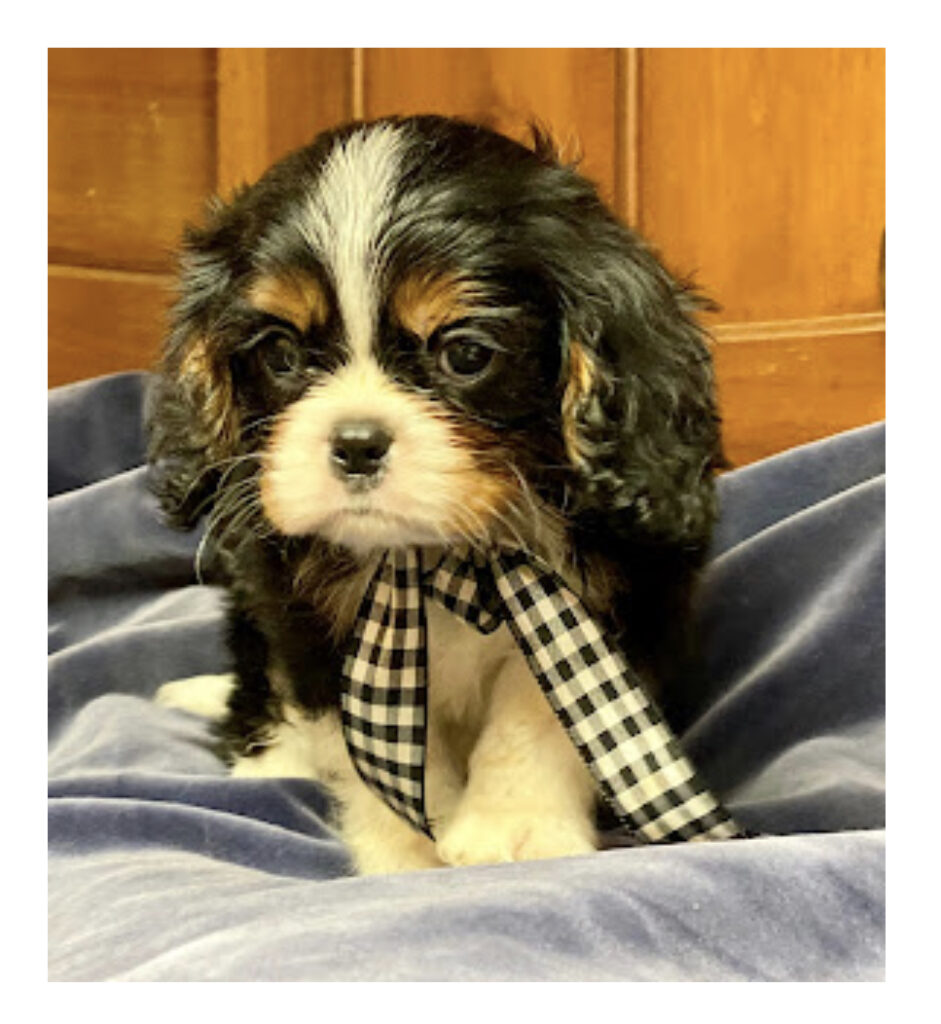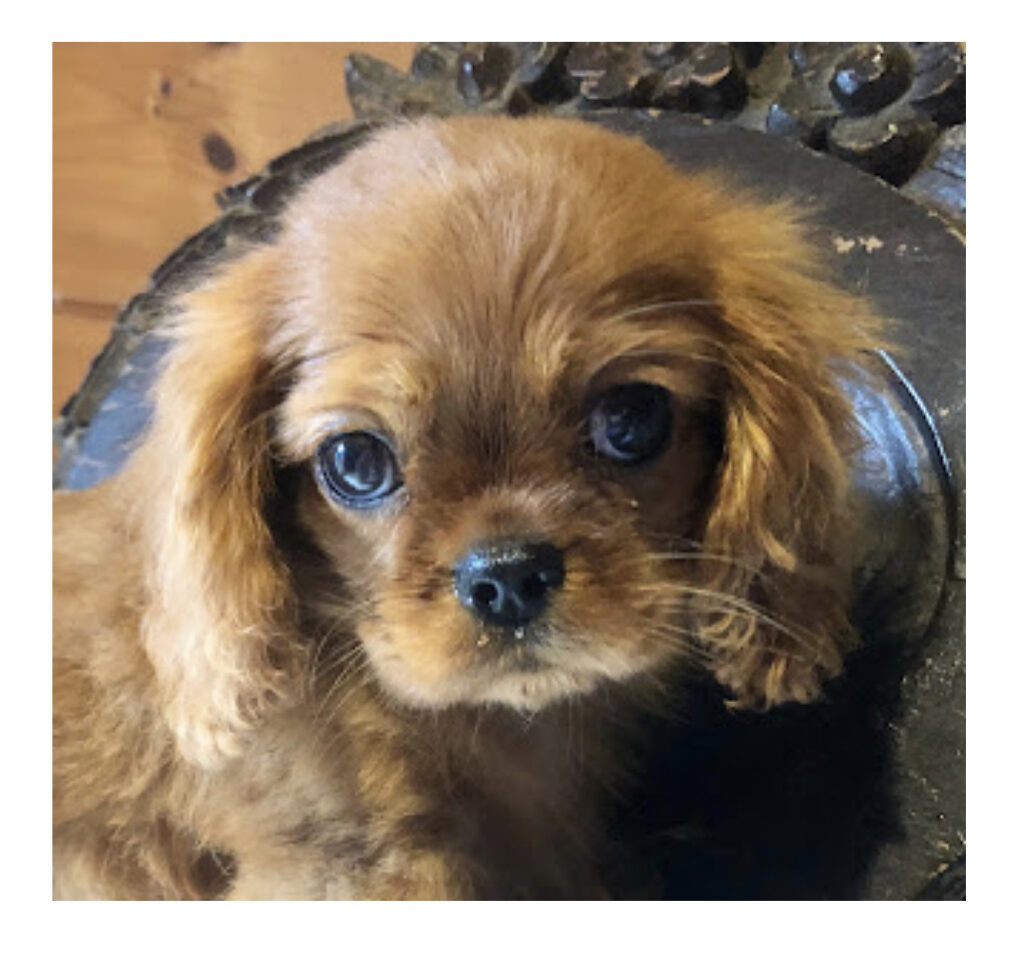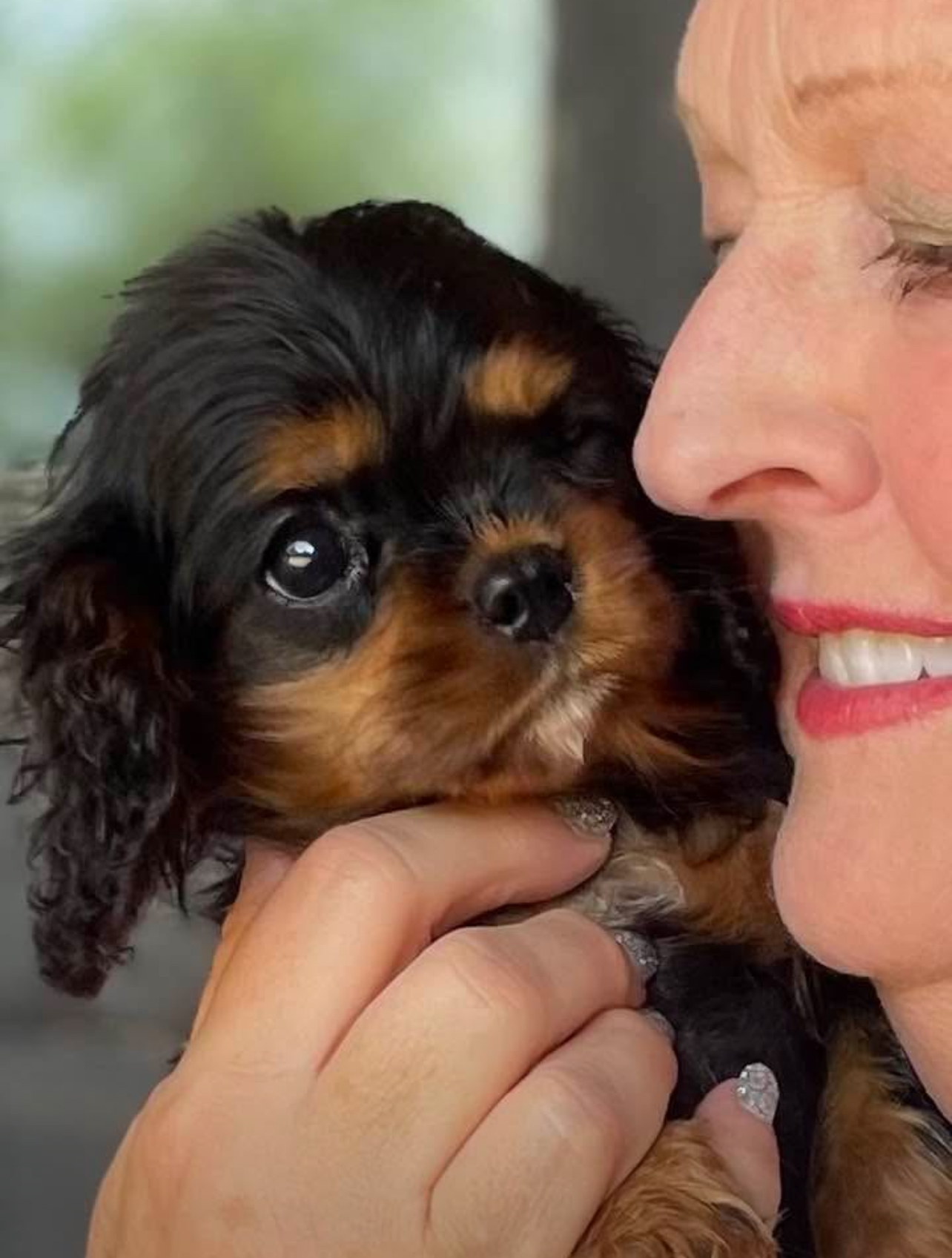

We breed all four colors of Cavalier King Charles Spaniels but rarely have all colors at one time. There are more pets available in spring & fall, with less during the summer months.
I’m always making new photos & adding them to the Available Puppies page as the puppies, teens, young adults, older adults and retirees become available. You can check this page anytime for those details by clicking the link above.
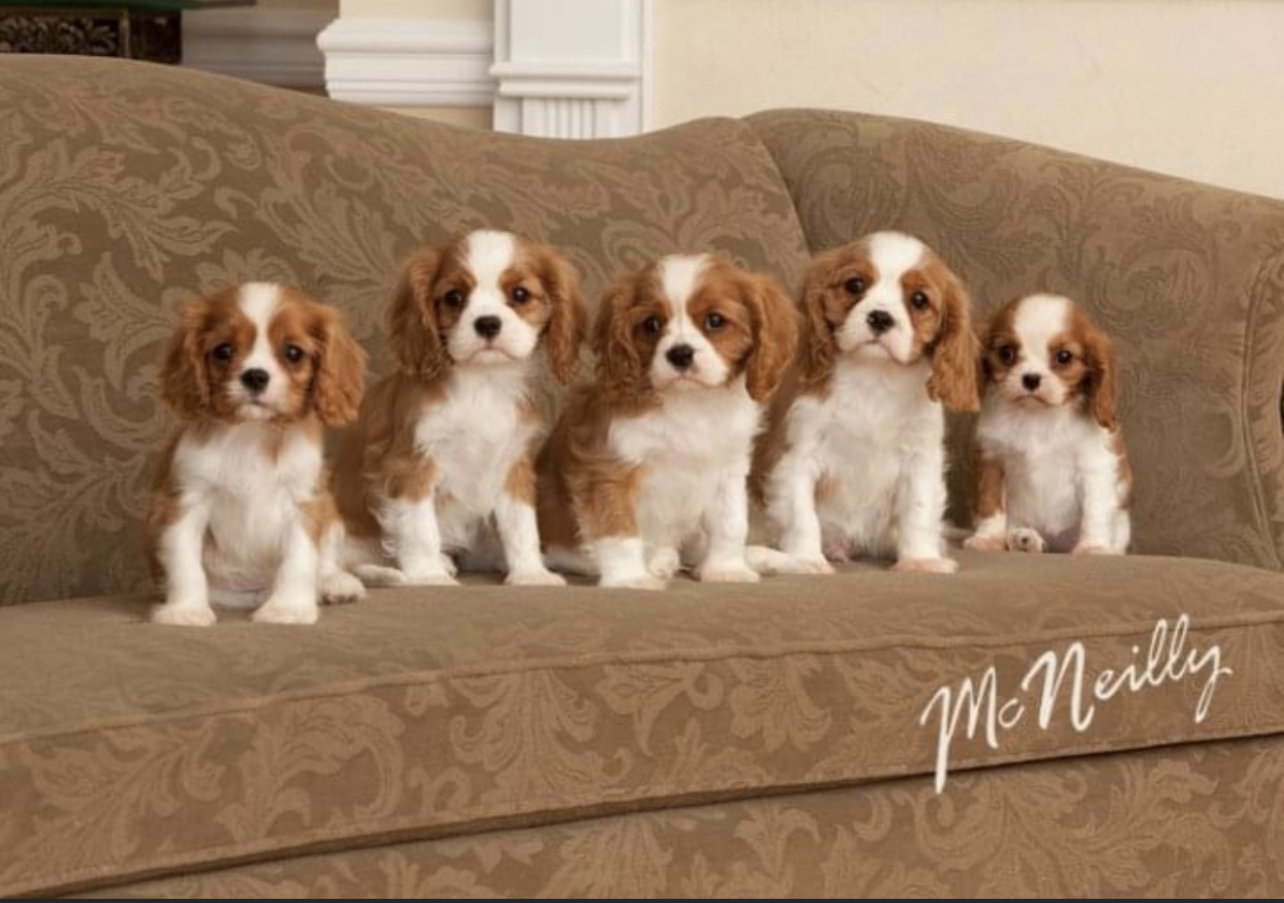
You can also see photos of our dogs on FB at the Lizmere Cavalier King Charles Spaniels page. Be sure to Like & Follow our page!
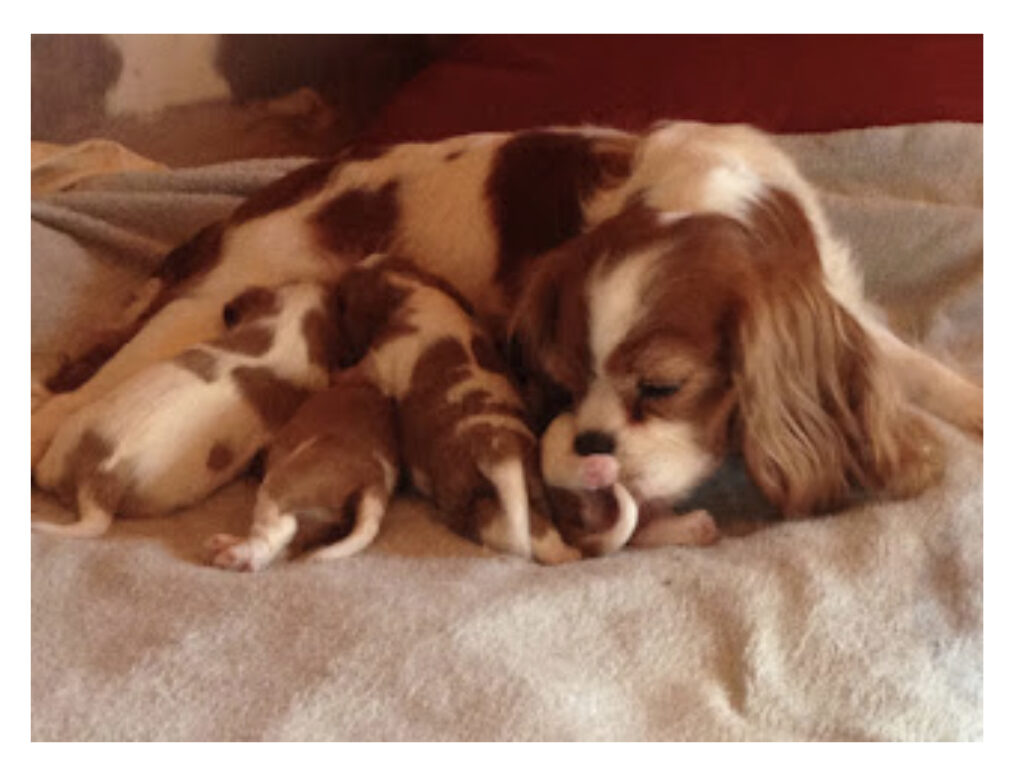
Our puppies generally take 10-12 wks to mature enough to leave for new family homes. It’s dependent on the growth & maturity of each individual puppy. Smaller puppies take longer, leaving at 14-16 wks.
A good time for puppies to transition is when they reach approximately 5 lbs. Most of our puppies mature to 15-18 lbs, but a few are only 10-12 while others can be 25. Diet, exercise & spay-neuter status make a difference!
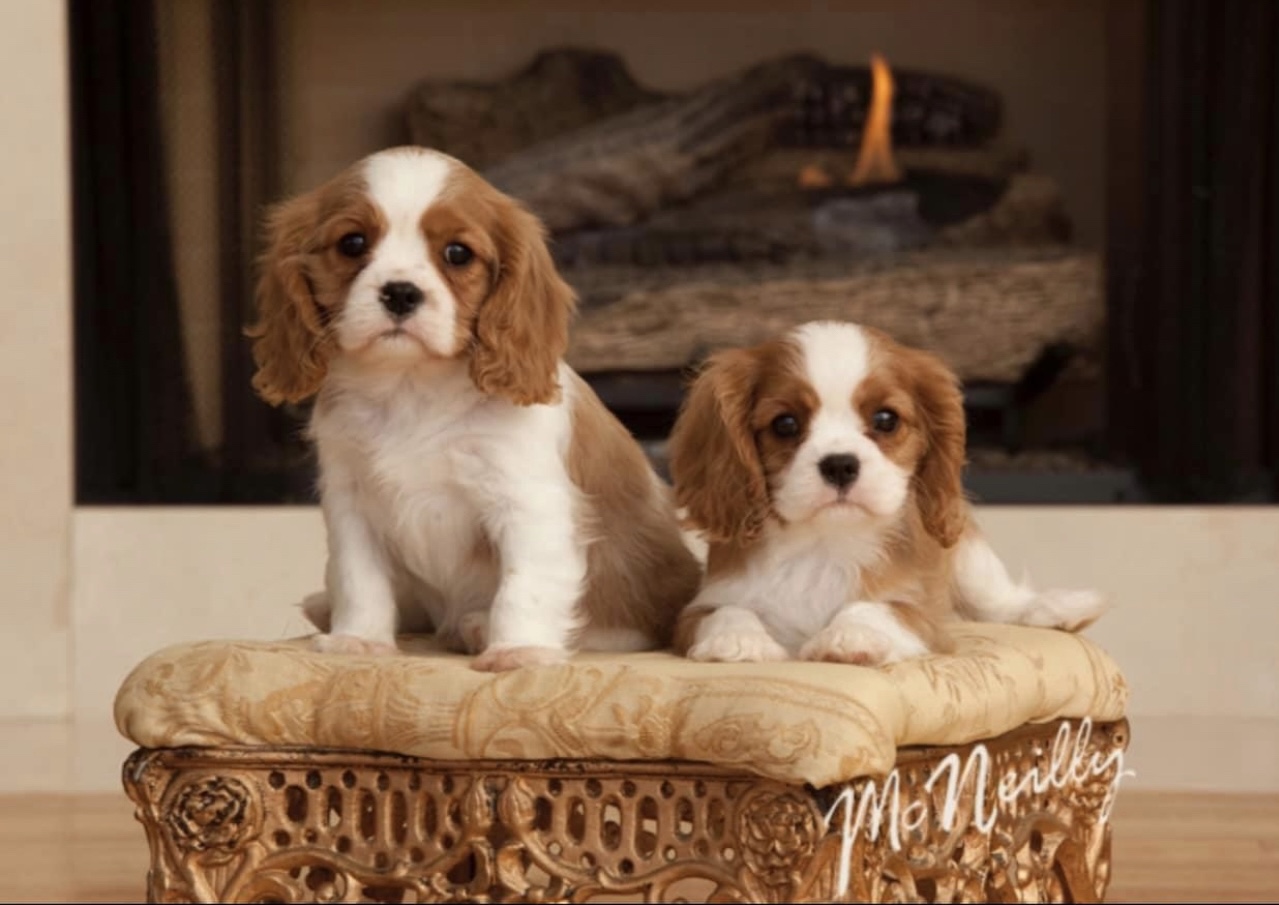
Puppies are dewormed beginning at 3 wks & their first vaccine is by 8 wks of age. New owners are provided the puppy’s health record upon leaving us.
Our Pet Puppy Contract asks new owners to vet check your puppy within 3 days of taking him home to make sure you’re satisfied. It also gives new owners a one year guarantee for life threatening genetic issues & sets out the care of the puppy.

We offer a pet insurance certificate thru Trupanion for 30 days of free health coverage for your puppy, with no waiting period. New owners must activate coverage 24 hrs before or 24 hrs after taking home their new companion.
Though the pandemic may be over, safety is our foremost thought for humans and canines. I will be meeting visitors outside in our garden area to help keep everyone safe. We do all visits by appointment.

The puppies must be at least 8 weeks old and have a vaccine in place before they have visitors. Until then I make photos & videos. This allows our puppies to mature while learning social skills, lessons from mom & being weaned. See our Puppy Tips.

Puppy Adjustment Period
Helping Your Older Cavalier Puppy Adjust to a New Home
At Lizmere, we take pride in raising well-socialized, loving Cavalier King Charles Spaniels. Whether you’re bringing home a young puppy or an older one, it’s important to understand the natural differences in how they adjust to a new family.
Young Puppies (Around 10 Weeks Old)
At this age, everything is new and exciting! These puppies are still in the early stages of social development and tend to adapt quickly. They’re eager to explore and bond, often settling in with their new families in just a few days.
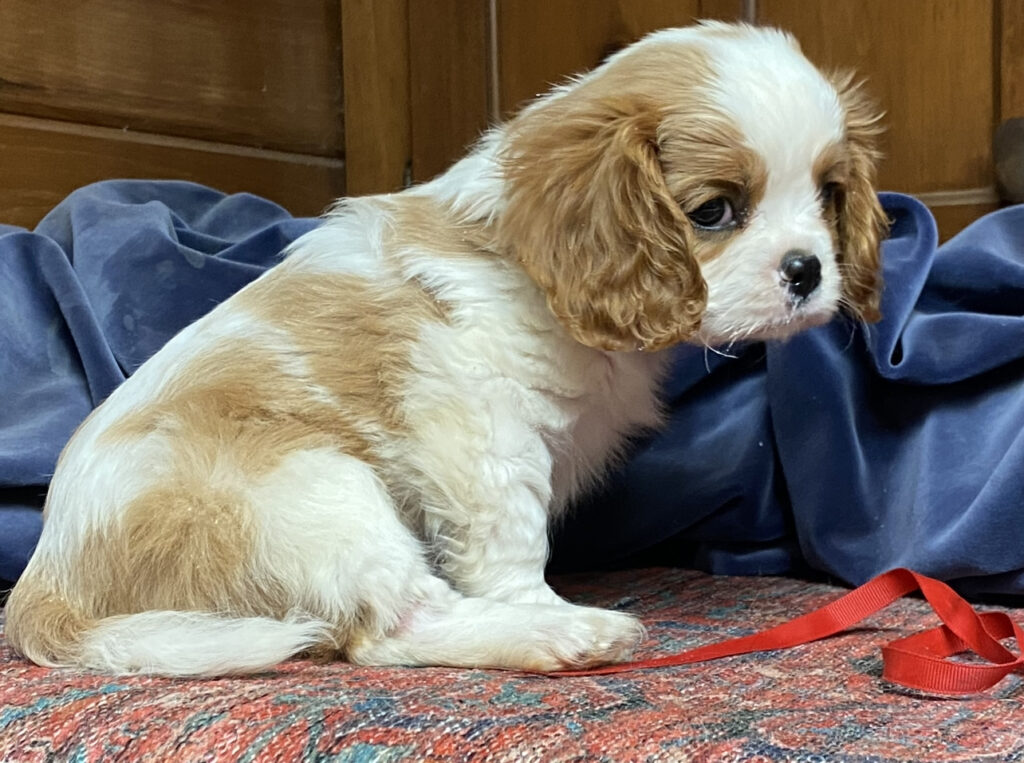
Older Puppies (4 Months and Up)
Older puppies are just as affectionate and intelligent, but their adjustment process may take a little longer. By this stage, they’ve already formed strong bonds with their littermates and caregivers. It’s completely normal if they seem a bit shy or hesitant at first.
You might notice your older puppy:
- Observing quietly before joining in
- Hanging back rather than immediately approaching
- Taking several days—or even a couple of weeks—to fully open up
This is a healthy sign of emotional depth, not a problem.
How You Can Help Them Settle In
- Be patient – Allow your puppy time to decompress.
- Create a routine – Consistency helps build trust.
- Use gentle encouragement – Let them come to you at their pace.
- Offer quiet affection – Cavaliers thrive on love and attention.
The Reward
Once an older Cavalier bonds with you, the connection is deep and enduring. These dogs are intuitive, loyal, and incredibly devoted. The trust you earn in those early days will blossom into a lifelong friendship.
Have questions about welcoming one of our Cavaliers into your family?
We’re here to support you every step of the way.

Choosing Male or Female
Choosing between a male and female Cavalier King Charles Spaniel comes down to personal preference, lifestyle, and the qualities that appeal to you most. While every dog is unique, there are general differences in temperament, physical characteristics, and behavior that might help guide your choice.

1. Temperament
• Males: Male Cavaliers are often described as more affectionate and eager to please. They tend to be very people-oriented and form strong attachments to their owners. Males are known for being more openly affectionate, and many owners find them more playful and laid-back, making them great companions for families and social households.
• Females: Females are typically a bit more independent, which some owners interpret as being more “reserved.” They can still be very affectionate but may be less “clingy” and more content to have their own space. Female Cavaliers may also be slightly more sensitive or cautious, which can sometimes translate into a quieter temperament.

2. Trainability and Intelligence
• Males: Male Cavaliers are usually eager to please and can be highly trainable, especially when training involves rewards and positive reinforcement. Their playful, affectionate nature means they often respond well to training exercises, though they may be slightly more excitable and easily distracted.
• Females: Females are often perceived as more focused and, at times, slightly more serious than their male counterparts. This focus can sometimes make them easier to train, especially for tasks that require repetition or precision. However, female Cavaliers may also be more independent-minded, which could mean a bit more patience is needed.
3. Physical Differences
• Size: Males are generally slightly larger and more muscular than females, though the size difference in Cavaliers is usually subtle. Males may have a slightly broader chest and more robust build.
• Appearance: Some owners feel that males develop a fuller coat, particularly around the chest and mane, which gives them a bit more of a “showy” appearance. Females tend to have a more delicate or streamlined look, with a lighter frame.
4. Behavioral Traits
• Affectionate Display: Males are typically more expressive and “clingy,” often seeking out more attention from their owners. They tend to be “Velcro dogs” that love being close to their people.
• Territorial Tendencies: Female Cavaliers can sometimes be a bit more territorial or protective, especially of their personal space. They may be more prone to exhibiting “guarding” behavior over their toys, beds, or certain areas in the home, though this is typically mild in Cavaliers.
• Maturity Rate: Female Cavaliers often mature faster than males, who might retain their playful puppy-like demeanor longer. This playful quality can be charming for families but may mean a longer adjustment period for training.
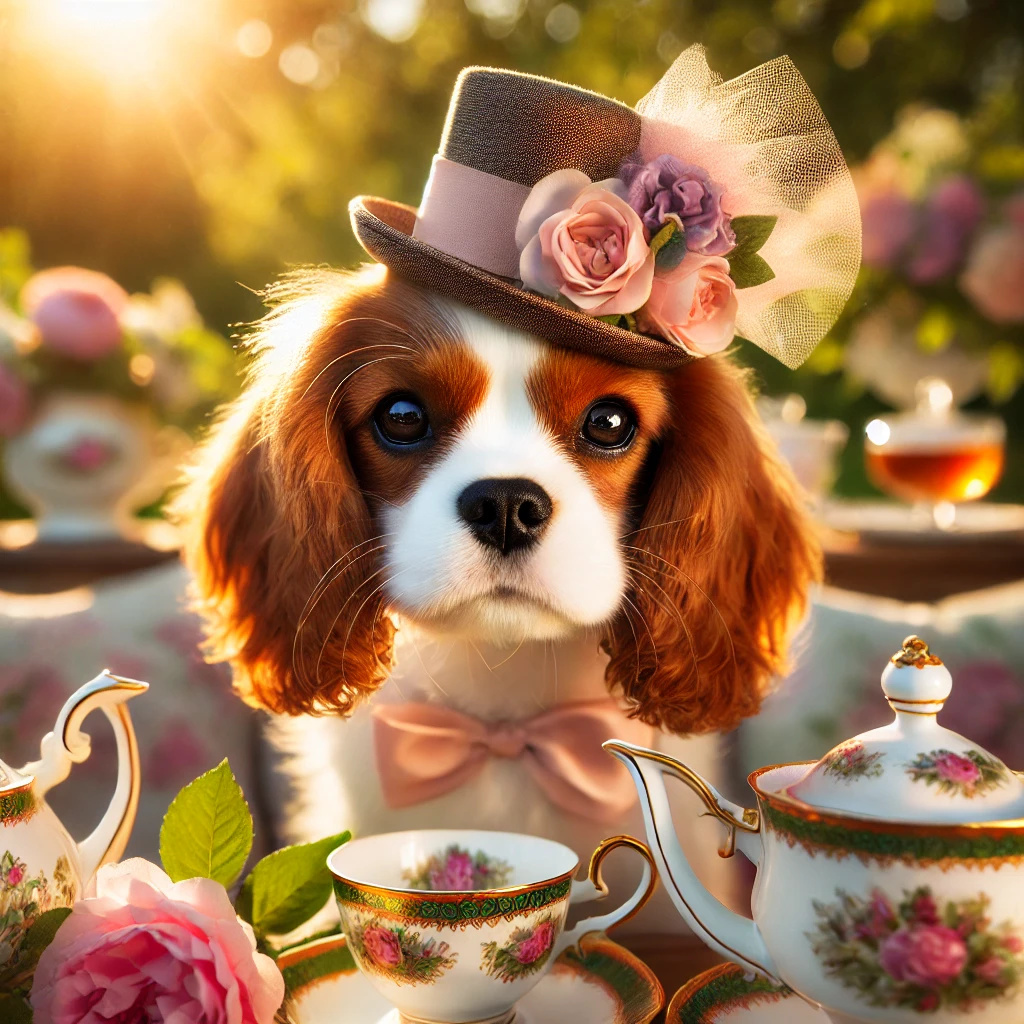
5. Hormonal Behavior and Spaying/Neutering
• Unspayed Females: Unspayed females will go into heat, which usually happens twice a year. During this time, they may have mood changes or display more territorial behaviors. Spaying typically reduces these behaviors.
• Unneutered Males: Unneutered males may be more prone to marking behavior or being distracted by the presence of other female dogs in heat. Neutering usually minimizes these behaviors and often makes males more settled and focused.
Why Choose a Male Cavalier King Charles Spaniel?
Consider choosing a male if:
• You’re looking for a highly affectionate and people-oriented dog.
• You have a family or household where an energetic, playful dog will thrive.
• You prefer a slightly larger, more robust dog with a potentially fuller coat.
• You appreciate a dog that’s likely to stay a bit more puppy-like in behavior.
Why Choose a Female Cavalier King Charles Spaniel?
Consider choosing a female if:
• You want a dog that’s affectionate but slightly more independent.
• You’re drawn to a quieter, more reserved companion.
• You prefer a slightly smaller, more delicate-looking dog.
• You’d like a dog that matures quickly and is focused during training.
Final Thoughts
Ultimately, both male and female Cavaliers make wonderful pets, known for their gentle nature and affectionate personalities. The differences between males and females are generally subtle, and both genders can be equally loving, loyal, and a joy to live with. Choose the one whose general traits best align with your lifestyle and the qualities you value most in a companion.

Pet Puppy or Show Dog
Choosing between a pet puppy and a show dog involves considering your lifestyle and goals.
Pet Puppy:
- Ideal for companionship and family life.
- Generally requires training and socialization.
- Focused on companionship rather than conformation to breed standards.

Show Dog:
- Bred for specific traits and appearance to compete in dog shows.
- Requires extensive training and grooming.
- Involves a commitment to regular competitions and possibly breeding.
If you’re looking for a loyal companion, a pet puppy might be best. If you’re interested in the competitive aspect and enjoy grooming and training, a show dog could be the right choice. Read more.
